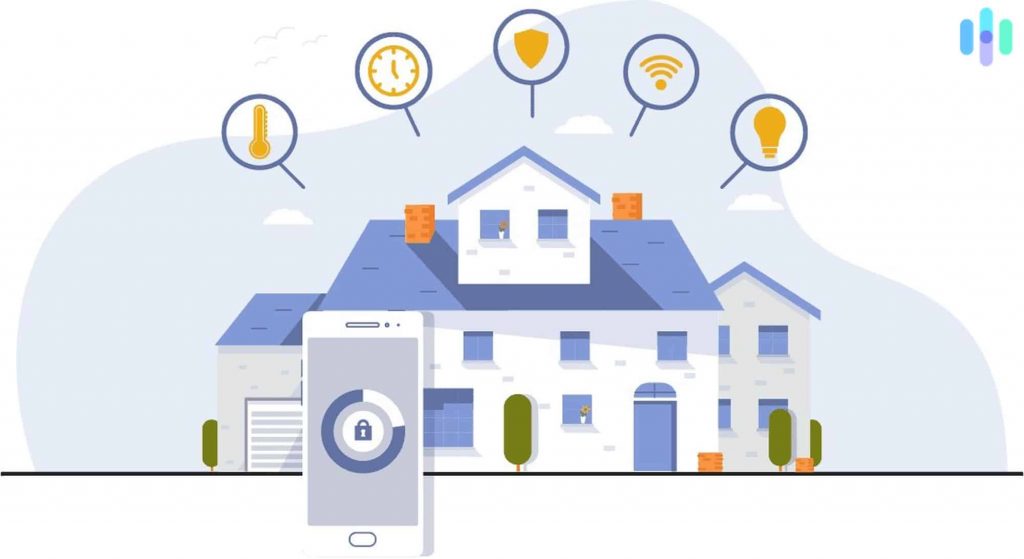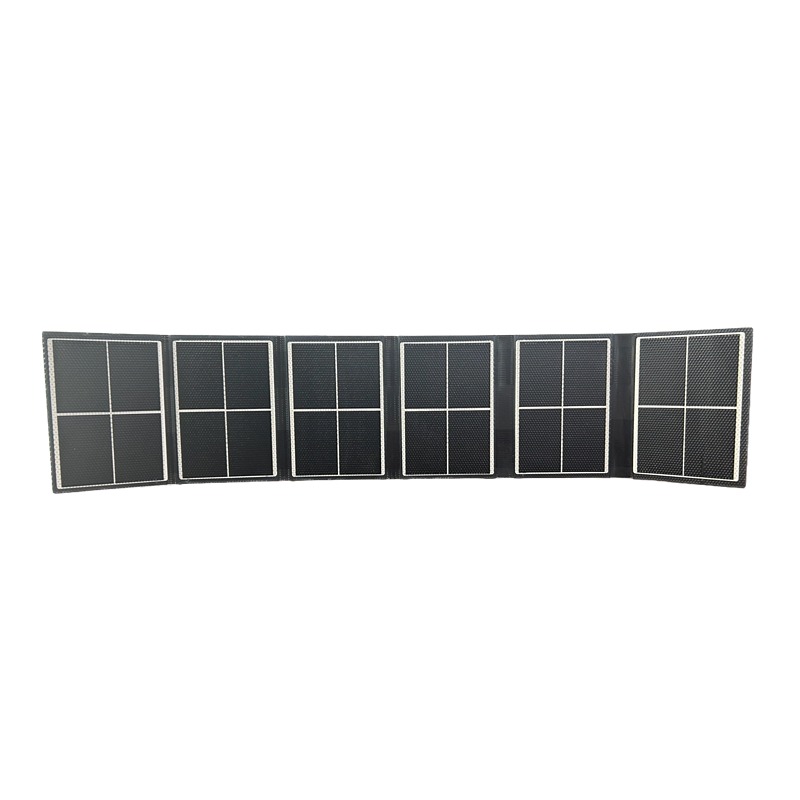Exploring the Distinctions: Smart Home vs. Smart Appliances
2 min read
In today's rapidly advancing technological landscape, the concepts of smart home and smart appliances have become increasingly prevalent. As we strive for greater convenience, efficiency, and connectivity in our daily lives, it is essential to understand the differences between these two terms. In this article, we will delve into the intricacies of smart homes and smart appliances, exploring their unique features, benefits, and how they contribute to the overall concept of a connected lifestyle.
- Defining Smart Home and Smart Appliances
A smart home refers to a residence equipped with various devices and systems that can be controlled remotely and automated to enhance comfort, security, and energy efficiency. On the other hand, smart appliances are individual devices within a smart home that possess advanced features, connectivity, and the ability to communicate with other devices or systems. - Connectivity and Integration
One of the key distinctions between smart homes and smart appliances lies in their connectivity and integration capabilities. While smart appliances are designed to connect to a home network or hub, smart homes encompass a broader network of interconnected devices, including lighting, security systems, heating and cooling systems, entertainment systems, and more. Smart homes provide a centralized control platform that allows users to manage and monitor multiple devices simultaneously. - Automation and Control
Smart appliances typically offer automation and control features specific to their intended purpose. For example, a smart refrigerator can monitor food inventory, suggest recipes based on available ingredients, and even place online grocery orders. In contrast, a smart home's automation capabilities extend beyond individual appliances, enabling users to create customized scenarios or routines. These routines can be triggered by specific events, such as arriving home or going to bed, and can involve multiple devices working in harmony. - Interoperability and Compatibility
Interoperability and compatibility are crucial factors to consider when comparing smart homes and smart appliances. Smart appliances often rely on specific protocols or platforms, which may limit their compatibility with other devices or systems. In contrast, smart homes strive for interoperability, aiming to integrate devices from various manufacturers and utilize open standards for seamless communication and control. - Scalability and Future-Proofing
Smart homes offer greater scalability compared to individual smart appliances. As technology evolves, new devices and systems can be easily integrated into a smart home environment. This scalability ensures that a smart home remains adaptable and future-proof, accommodating emerging technologies and expanding functionalities.
Conclusion:
In conclusion, while smart appliances are integral components of a smart home, they represent a smaller subset of the broader concept. Smart homes encompass a comprehensive ecosystem of interconnected devices, providing users with enhanced convenience, energy efficiency, and security. By understanding the distinctions between smart homes and smart appliances, individuals can make informed decisions when adopting these technologies, ultimately creating a more connected and intelligent living environment.



